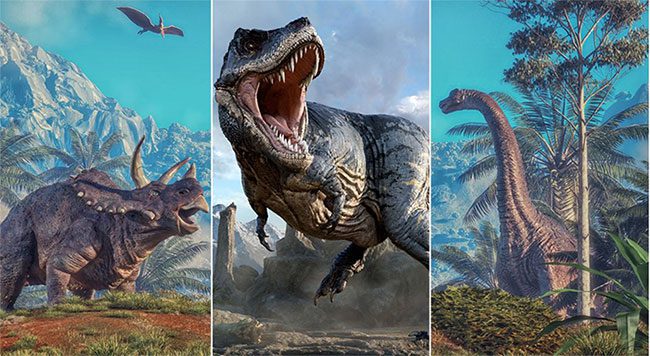Dinosaurs went extinct over 65 million years ago on Earth, but scientists believe they may still exist on some other planets.
According to a new study published in the Monthly Notices of the Royal Astronomical Society, distant planets may be home to life forms similar to dinosaurs on Earth. Furthermore, humans may have the potential to discover them.

High oxygen levels of 30% could be clues to the type of life that exists on a distant planet. (Illustration: iStock).
Research author Lisa Kaltenegger explains: “The light traces of modern Earth serve as a template for us to identify potentially habitable planets. But there was a time when these traces were very clear, showcasing more evident signs of life.”
According to the study, experts on Earth may be able to detect such life forms by searching for compounds that are no longer present on our planet, but existed during the time of the dinosaurs. This is because during the dinosaur era, Earth had a higher oxygen level, around 30%, which allowed complex organisms to thrive. Today, the oxygen concentration on Earth has stabilized at 21%.
They propose that the high oxygen levels of 30% could be a clue to the type of life that exists on a distant planet. Additionally, special telescopes could be employed to detect environmental factors similar to those experienced by dinosaurs millions of years ago.
Scientists may focus on finding clues as to whether a planet is in the Phanerozoic eon. This period allows for the existence of large and complex life forms on that planet.
Scientist Rebecca Payne at Cornell University states: “The Phanerozoic eon only accounts for about 12% of Earth’s history, but it encompasses nearly all the time that more complex life forms than bacteria and sponges have existed.”
Thus, this brings hope that signs of life – even large, complex life – may be found elsewhere in the universe.
According to Kaltenegger, searching for planets with higher oxygen levels could lead to the discovery of fascinating life forms and make the search for dinosaurs easier.
This scientist hopes that we will find some planets with more oxygen than Earth right now. And even more, there could be dinosaurs on those planets.





















































